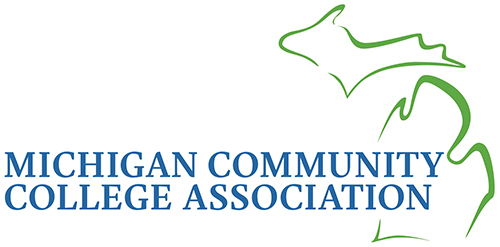- House Bill 4675 would require the Michigan Department of Education to develop or adopt a list of cursive programs
- Schools would be strongly encouraged — but not required — to teach cursive
- The state Board of Education passed a resolution in March in support of cursive education
In today’s digital age, many see cursive writing as a relic of the past reserved for older generations. But a bill recently introduced in the Michigan House is spearheading a renewed effort to get today’s students to learn to read and write cursive.
House Bill 4675 would require the Michigan Department of Education to develop or adopt a “list of model programs of instruction on cursive” by June 1, 2027 that would serve as guidance to public schools.
For the 2027-28 school year, school boards would be “strongly encouraged” to incorporate one of the model programs of instruction into their curriculum.
State Rep. Brenda Carter, D-Pontiac introduced the bill on June 25. This is Carter’s fourth time introducing the bill, including a version in 2023 that was passed by the House, which encouraged but did not require the Michigan Department of Education to develop a model cursive program.
Carter told Bridge Michigan she’s hopeful the bill will pass this time around due to increased momentum. Thirty-four of her colleagues are co-sponsoring the bill, which has bipartisan support.
“I’m proud to say that this time we have a stronger momentum,” Carter said. “I’m extremely optimistic this time that this bill will make it through, because I think everybody sees the value of what I’ve been talking about.”

In this video, State Rep. Brenda Carter, D-Pontiac, demonstrates cursive writing. Carter wants Michigan public schools to teach cursive again and is hopeful her bill will pass. ‘Giving our schools the option to do this would at least give the children the opportunity to learn about their past,’ Carter said. (Courtesy of Brenda Carter)
Carter said each time she presents the bill she presents a letter in cursive that her son, who died in 2019, wrote as a child. She felt it was important that her granddaughter could read the letter, and uses it as an example of how learning cursive gives children the ability to connect to their history.
“Nothing is more important than connecting our future to our past, and when we have so many of our historical documents written in cursive writing, giving our schools the option to do this would at least give the children the opportunity to learn about their past,” Carter said.
The State Board of Education passed a resolution in March in support of legislation that promotes the teaching of cursive in schools. The resolution states that providing students with cursive education will “enhance their literacy skills, support their academic achievement, and preserve an essential mode of written communication for future generations.”
Related:
- Should Michigan schools teach cursive? Some say yes.
- As Michigan scrambles to improve literacy, school librarians are losing their jobs
- Michigan Teacher of the Year helps alternative students find success
Cursive requirements were removed from Common Core Standards for K-12 education in 2010. The state does not track how many schools still teach cursive to elementary students, so while some children may learn cursive, others never learn to sign their name.
However, Michigan law doesn’t require signatures to be in cursive to be notarized. According to state notary law, a signature is defined as “an individual’s written or printed name, electronic signature, or mark.”
Advocates for cursive say that historical documents like the Declaration of Independence could become unreadable and inaccessible to future generations.
Twenty-four states currently require cursive to be taught in schools, and the number could be increasing soon. The Pennsylvania House passed a bill in June that would require cursive handwriting to be taught in all public and private elementary schools across the state.
Learning cursive may also improve brain function including fine motor skills, according to a 2020 study. The study monitored 12-year-olds’ brain activity while writing in cursive, typing and drawing and concluded children should be exposed to all three from an early age.
The Michigan Department of Education supported the previous version of the bill in 2023. MDE spokesperson Ken Coleman wrote in a statement to Bridge Michigan that the department is reviewing the most recent legislation, and will “be working with our legislative partners with the goal of increasing student access to cursive instruction.”




